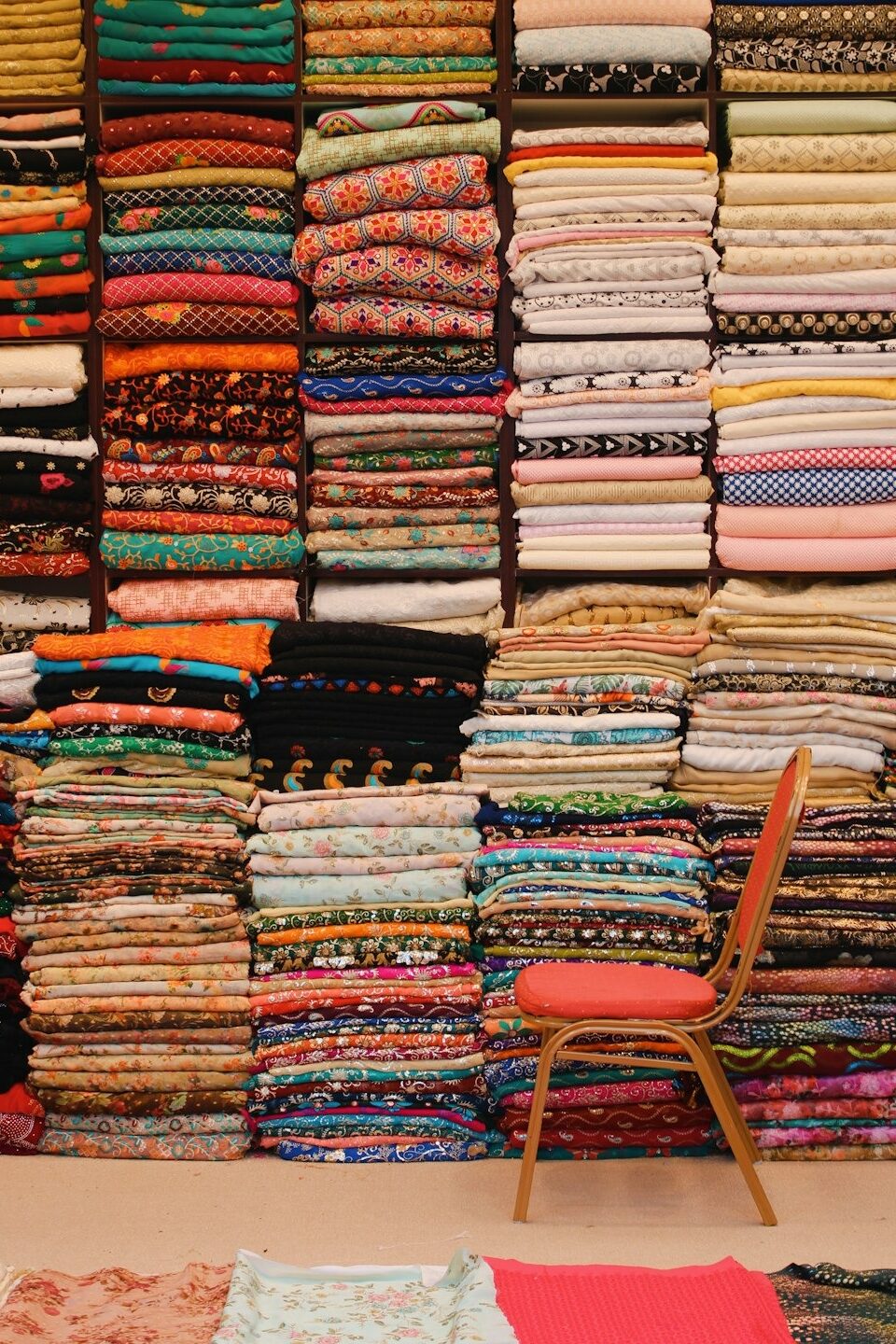
We live in a world made of trends, there is something new every day–especially in fashion. Fast fashion contributes to pollution, waste, and unethical labor practices. This makes it one of the most unsustainable industries in the world. Building an eco-friendly wardrobe, on the other hand, helps reduce your environmental impact. It also promotes conscious consumerism. In this article, we’ll explore how to transition to sustainable fashion and create a wardrobe that’s both stylish and kind to the planet.
1. Choose Quality Over Quantity
It’s not necessary to jump on every bandwagon and try all trends. Learn how to pass. Choose high-quality, durable items that will last instead of buying several cheap, low-quality pieces that wear out quickly. Take this as an investment in timeless, well-made clothing that you’ll wear for years. We suggest getting a few classic pieces like a well-fitting blazer, jeans, or a versatile dress that won’t go out of style. Also, while you are at it, choose clothing made from natural, biodegradable materials. Some materials are organic cotton, linen, and wool, which have a lower environmental impact.

Buy Timeless Pieces
Invest in classic pieces like a well-fitting blazer, durable jeans, or a versatile dress that won’t go out of style.

Look for Natural Fabrics
Choose clothing made from natural, biodegradable materials like organic cotton, linen, and wool, which have a lower environmental impact.
2. Buy Second-Hand and Vintage Clothing
Go thrift shopping. It doesn’t only make you cooler but also helps the earth. Plus, you can find many unique, vintage, and affordable pieces without contributing to the demand for new clothing production. Thrift stores, consignment shops, and online marketplaces offer a wide selection of pre-loved items that are ready for a second life.

Not only do second-hand and vintage items have lower environmental impacts, but they also allow you to express your style uniquely. Use platforms like Poshmark, ThredUp, or Depop to buy and sell second-hand clothes from the comfort of your home.
3. Support Ethical and Sustainable Brands
Many fashion brands are committed to producing clothes in an eco-friendly and ethical way. You should support them. These companies prioritize using sustainable materials, reducing water usage, and ensuring fair labor practices.

When you go shopping, look for certifications like Fair Trade, GOTS (Global Organic Textile Standard), and OEKO-TEX. They indicate that a brand meets high standards of sustainability and ethics. Plus, brands like Patagonia, Pact, and Reformation are known for their commitment to the environment and ethical practices.
4. Embrace Minimalism and a Capsule Wardrobe
Imagine having a wardrobe free of clutter and things you will probably never wear again. Sounds like a dream? It is possible with a capsule wardrobe. It is a collection of essential, versatile pieces that can be mixed and matched to create a variety of outfits. By embracing minimalism, you can reduce the number of items you need and wear, which leads to less consumption and waste. The key is choosing important items like neutral tops, pants, skirts, and a few statement pieces that all work together. And, focus on quality and versatility rather than quantity, keeping only the items that you truly love and wear often.

Create a Capsule Wardrobe
Choose key items like neutral tops, pants, skirts, and a few statement pieces that all work together.
Simplify Your Style
Focus on quality and versatility rather than quantity, keeping only the items that you truly love and wear often.
5. Repair and Upcycle Your Clothes
Before throwing away damaged clothes, try to repair or upcycle them. Simple fixes like sewing a button, patching a hole, or hemming pants can help you prevent waste. Also, learn basic sewing skills–it’ll come in handy. Being able to repair your clothes allows you to fix small damages instead of buying new items. You can also get creative by turning old jeans into shorts, transforming a dress into a top, or customizing a jacket with patches.

Learn Basic Sewing Skills
Being able to repair your clothes allows you to fix small damages instead of buying new items.

UpCycle Your Wardrobe
Get creative by turning old jeans into shorts, transforming a dress into a top, or customizing a jacket with patches.
6. Wash Clothes Responsibly
The way you care for your clothes also impacts the environment. Frequent washing wears out fabric and uses a significant amount of water and energy. By washing less often and more mindfully, you can prolong the life of your clothes and reduce your environmental footprint. To wash your clothes better, use cold water as it is gentler on your clothes, helping them last longer. Moreover, choose biodegradable, non-toxic detergents that are free from harmful chemicals and packaged in recyclable materials.

• Wash in Cold Water: Cold water washing saves energy and is gentler on your clothes, helping them last longer.
• Use Eco-Friendly Detergents: Choose biodegradable, non-toxic detergents that are free from harmful chemicals and packaged in recyclable materials.
Summing It All Up
Building a sustainable wardrobe isn’t about overhauling your entire closet overnight. It’s more about making mindful, gradual changes. By choosing quality over quantity, buying second-hand, supporting ethical brands, and taking care of your clothes, you’ll create an eco-friendly wardrobe that reflects your values and style.
Wanna learn more? Join us at Eco Choice Studio and become a part of this amazing cause by living an eco-friendly lifestyle.


